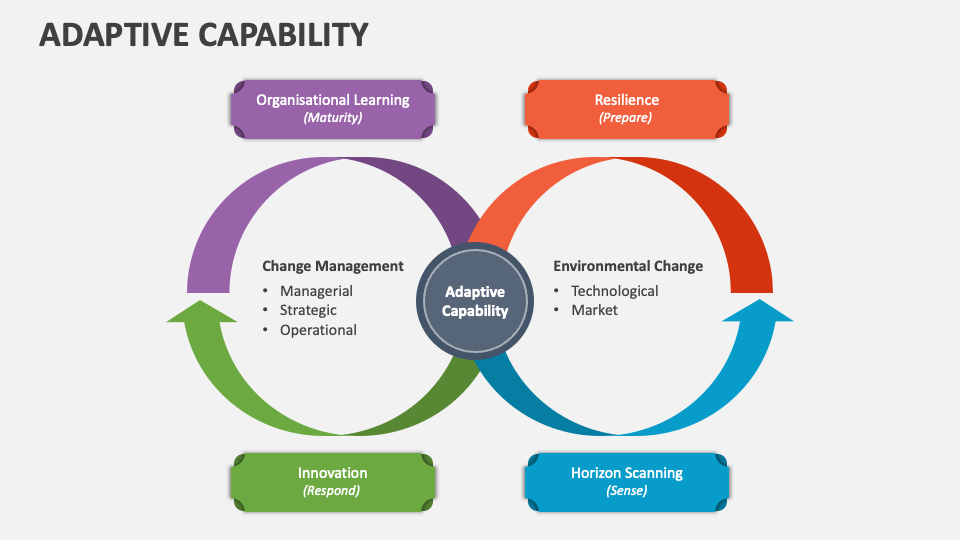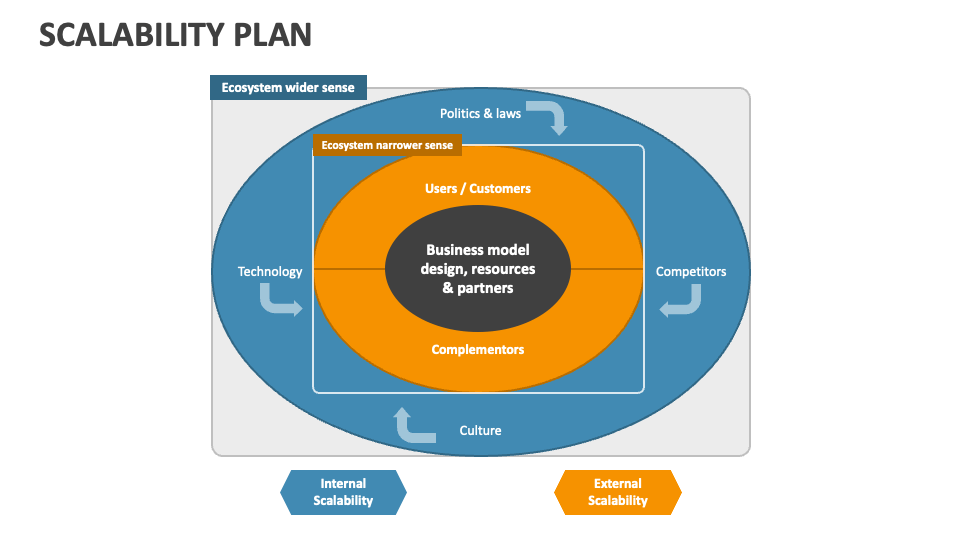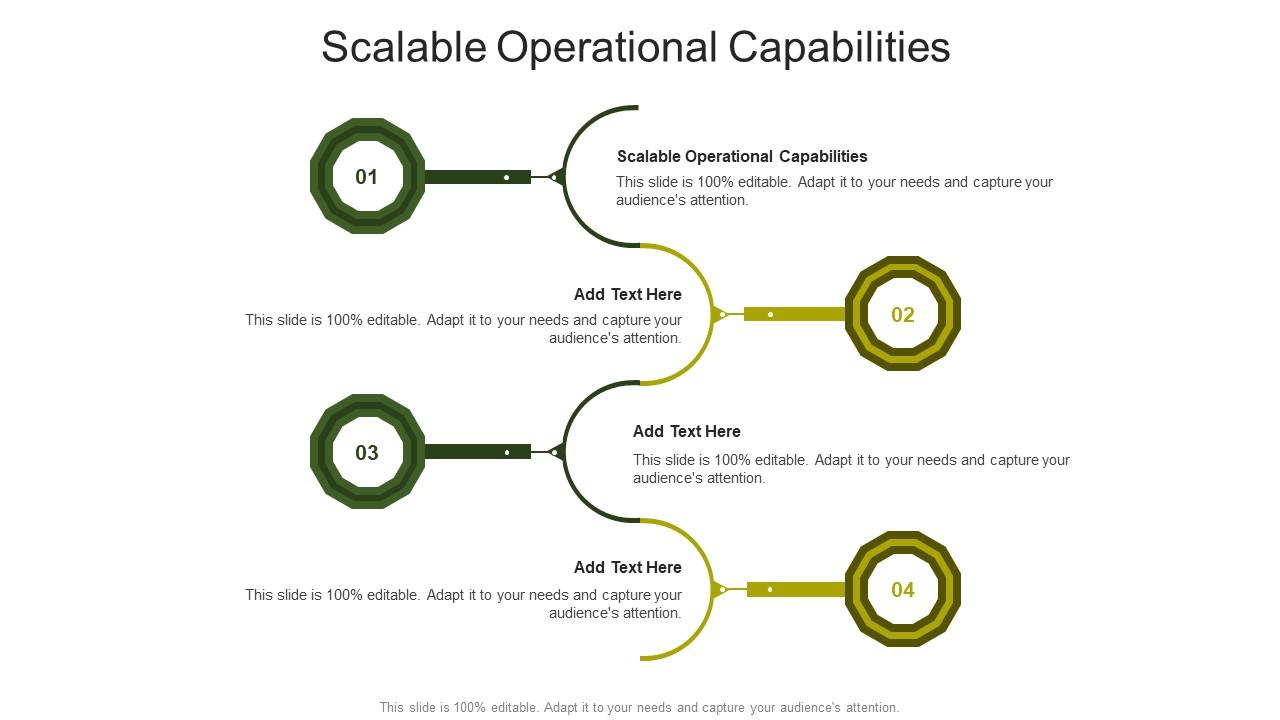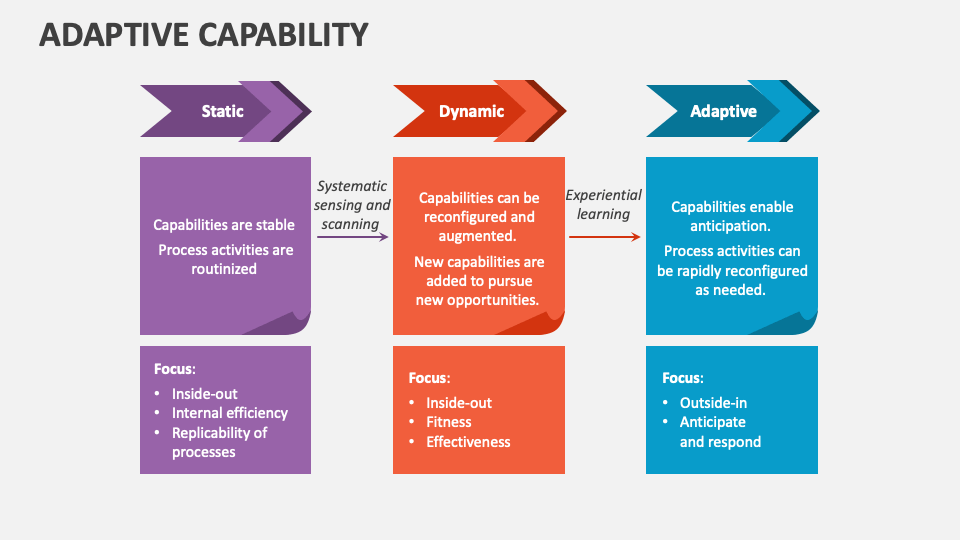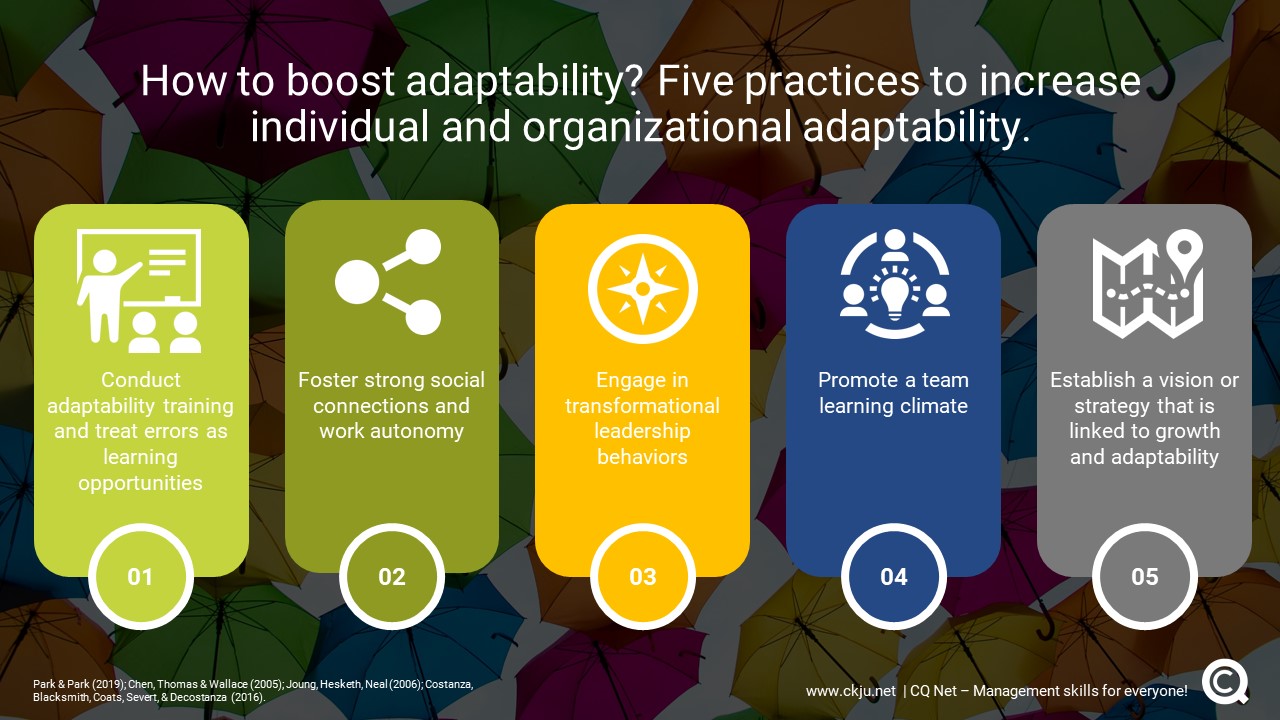Scalable Flexible And Adaptable Operational Capabilities Are Included In
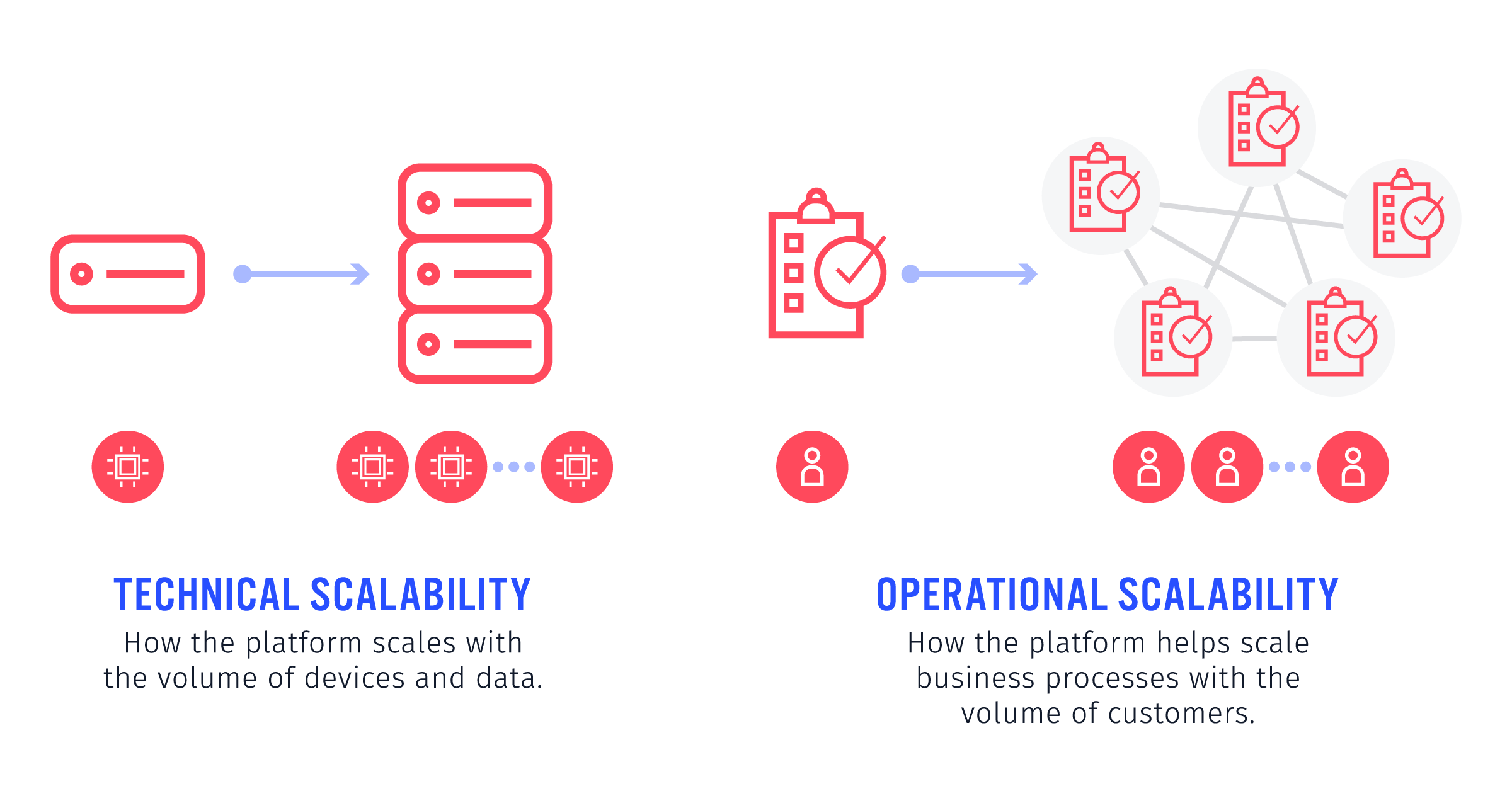
Emergency services across the state are bracing for unprecedented challenges following the activation of the "Project Phoenix" initiative. The program promises a paradigm shift in disaster response, prioritizing rapid deployment and resource allocation.
Project Phoenix delivers scalable, flexible, and adaptable operational capabilities. It aims to modernize response tactics, ensuring effectiveness in the face of escalating climate events and evolving societal threats.
Unprecedented Operational Flexibility
The core of Project Phoenix lies in its modular design.
Each response unit is equipped with standardized, interchangeable components, ensuring compatibility across different regions and incident types.
This minimizes delays and maximizes resource utilization during critical moments.
Key Features:
- Scalable Resource Allocation: Dynamic allocation of personnel and equipment based on real-time needs assessments.
- Flexible Deployment Strategies: Adaptable protocols that accommodate diverse geographical terrains and incident complexities.
- Adaptive Communication Networks: Robust communication infrastructure capable of withstanding disruptions and maintaining connectivity.
"We've learned from past failures," stated Governor Emily Carter during a press conference this morning. "Project Phoenix is our commitment to proactive preparedness."
The project’s initial phase has seen the deployment of enhanced communication systems.
These systems will enable seamless coordination between first responders, government agencies, and community stakeholders.
This represents a significant upgrade from previous, fragmented networks.
Specifically, the upgraded communications will incorporate satellite backup.
This will ensure continuous operation during power outages and infrastructure failures.
Real-World Impact
The adaptability of Project Phoenix was put to the test during a recent simulated disaster drill in Oakhaven County.
The exercise involved a hypothetical earthquake scenario, requiring rapid deployment of search and rescue teams.
The outcome provided critical data on the project's effectiveness.
The simulation demonstrated a 40% reduction in response time compared to previous exercises.
This was attributed to the optimized resource allocation and streamlined communication protocols.
These features are integral components of the new system.
"The drill was invaluable," explained Chief of Emergency Operations, David Miller. "It highlighted the strengths of our new system and areas for refinement."
Challenges and Concerns
Despite the apparent benefits, Project Phoenix is not without its challenges.
Concerns have been raised regarding the cost of implementation and the potential for technical glitches during real-world events.
These are valid concerns that require careful consideration.
There are also concerns about the level of training required for personnel to effectively utilize the new technologies.
Intensive training programs are underway to address this concern.
Officials are committed to ensuring that all personnel are proficient in operating the system.
"We acknowledge the challenges," stated Sarah Jenkins, Project Manager. "We are committed to addressing them head-on through continuous monitoring and iterative improvements."
Next Steps
The next phase of Project Phoenix involves expanding the network to include rural communities.
These communities are often disproportionately affected by natural disasters.
The expansion aims to provide these areas with the same level of preparedness and support as urban centers.
A public awareness campaign is also planned to educate citizens on how to utilize the new system during emergencies.
This includes information on emergency contact numbers, evacuation routes, and available resources.
The overall goal is to empower individuals to take proactive steps to protect themselves and their families.
Furthermore, ongoing evaluations will be conducted to assess the project's long-term effectiveness.
Data will be collected and analyzed to identify areas for further improvement and optimization.
Project Phoenix promises a more resilient future.



